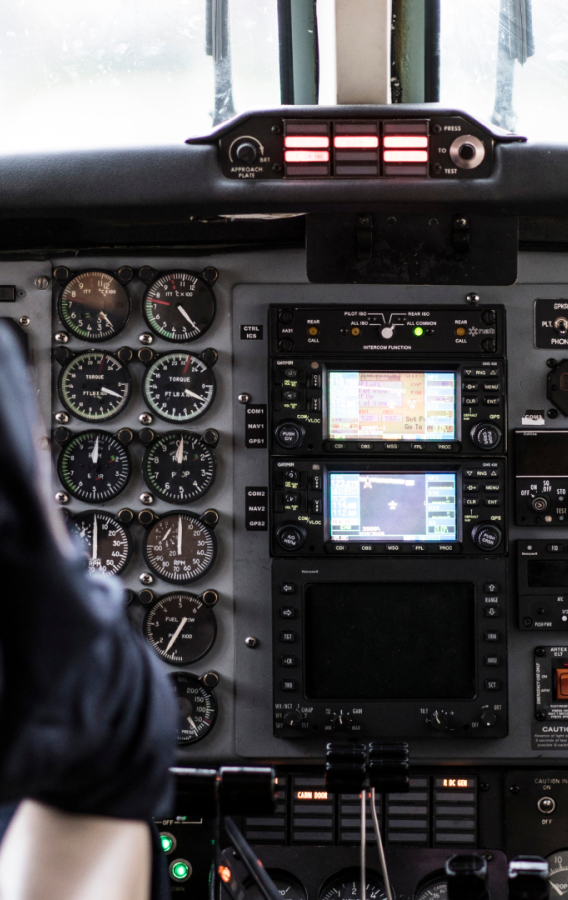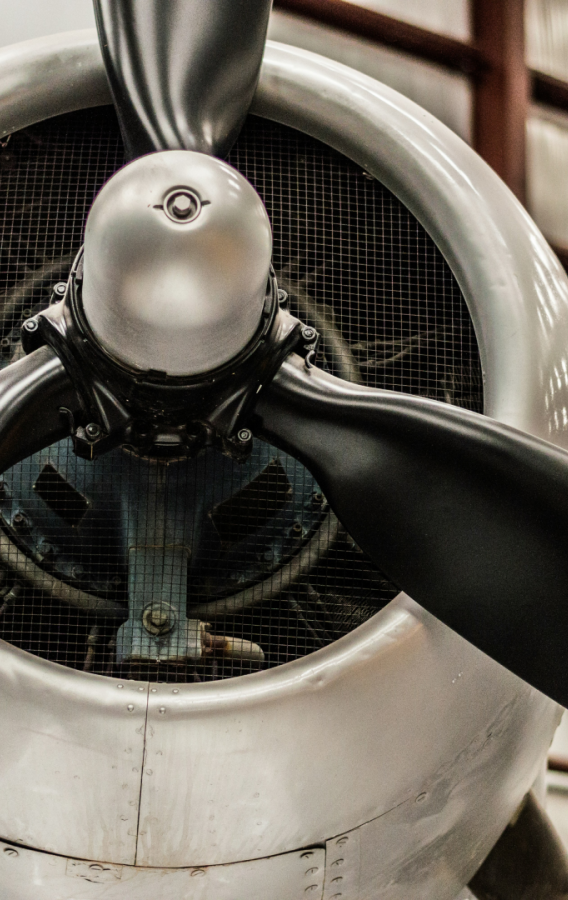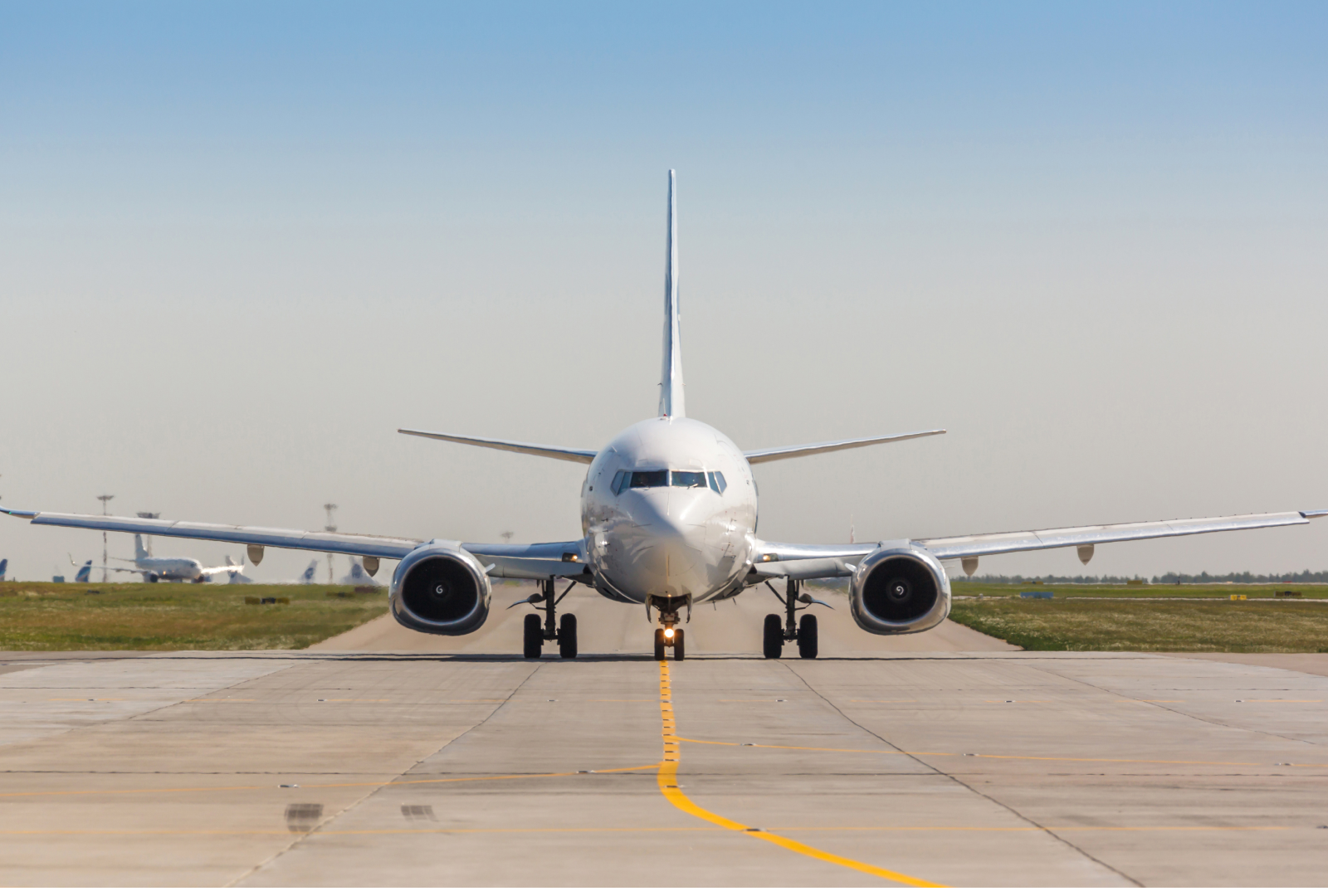
Your journey to the skies begins with us
AEOLUS Aviation Academy is a European Approved Training Organisation (ATO), operating under EASA regulations, based in Greece, providing high quality Type rating services to airline companies and Flight training to both private and professional pilots.
TRAINING COURSES
Take the first step towards your aviation career – enroll today and let your journey to the skies begin!

BEECHCRAFT KING AIR
The King Air C90 is a twin turboprop engine aircraft built by the Beech Aircraft Corporation. It employs the Pratt & Whitney Canada PT6A turboprop engines, each producing 550 shaft horsepower. The aircraft has a crew of one or two and up to seven passengers depending on configuration.
With a service ceiling of 30,000 ft, a rate of climb of 2,000 ft/min and a range of 2,446 km this aircraft is perfect for VIP and business travel.
Aeolus uses this aircraft for Type ratings.

PIPER SENECA TURBO
The Piper Seneca is a six seat, twin engine aircraft used for training students for their Multi-engine class rating. It is powered by two turbo-charged six cylinder engines for great performance, particularly at altitude. The Engines counter rotate, i.e. they rotate in opposite directions which eliminates the critical engine limitations of other light twins and make the aircraft more controllable in the event of a shut down or failure of either engine. Certification for flights into known icing conditions and the nice single engine behavior have made the Seneca a popular and capable multi engine trainer.

PIPER ARROW
Our Piper Arrow is a fast, sleek high performance aircraft for more advanced training. It has retractable gear and variable pitch prop. The aircraft is full IFR equipped with dual Garmin COM / NAV with glideslope and HSI. Despite its high specifications it is a very stable and well behaved aircraft that is a joy to fly. Its low wing configuration introduces the student pilot to ground effect and the importance of level wings on landing. We use this aircraft primarily for CPL and IR training as well as for our High Performance course.

CESSNA 172 SKYHAWK
The C172 is the four seat big brother of the C150 and retains the superb flying qualities that have made Cessna so popular for flight training. We have VFR and full IFR equipped aircraft. An excellent stepping stone up from the C150 and a very capable aircraft for CPL and IR training as well.
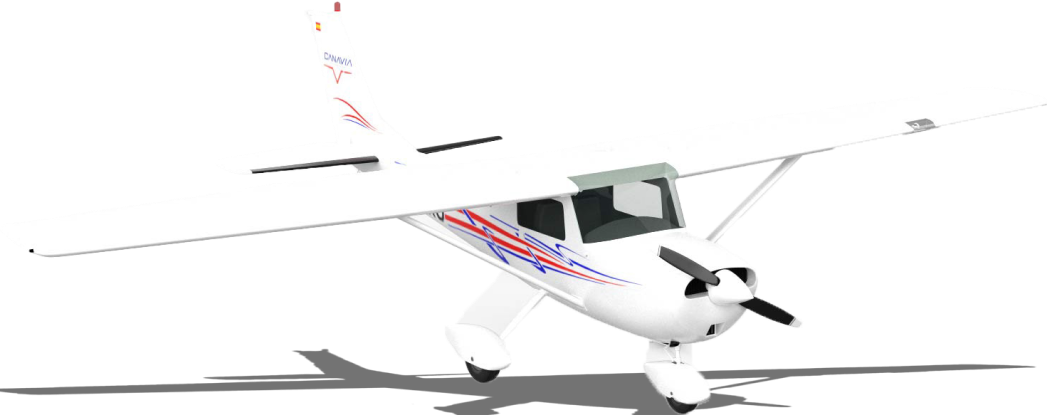
CESSNA 150
The Cessna family, starting with the C150, has been the mainstay of flight training for a very long time. The reasons for its success are many; it is a forgiving aircraft that does not punish the early mistakes of new pilots, it is very reliable and safe, its flight characteristics are benign, it has great visibility due to its high wing which also simplifies landings in cross winds. The C150 is the smallest of our fleet with 2 seats and is used as a basic trainer for new pilots. It is a very economic and strong little aircraft that allows students to progress quickly with their initial training.
EXPERIENCED INSTRUCTORS
At AEOLUS Aviation Academy, we pride ourselves on adhering to the highest industry standards. As a European training organization, our certifications are a testament to our commitment to excellence in aviation education. All of our programs are developed in strict compliance with EASA and ICAO regulations, ensuring that our graduates are recognized and respected worldwide. With a focus on quality and safety, we empower aspiring pilots to achieve their dreams with credentials that open doors across the aviation industry.
ACCREDITATION AND CERTIFICATIONS
Earning recognition from respected aviation authorities sets AEOLUS Aviation Academy apart as a premier training institution. Our certifications cover a broad range of professional and technical qualifications, ensuring that our students are well-prepared for every aspect of their aviation journey. We are continually audited and evaluated to uphold our reputation as a reliable, accredited institution that meets the highest global standards.
INDUSTRY PARTNERSHIPS
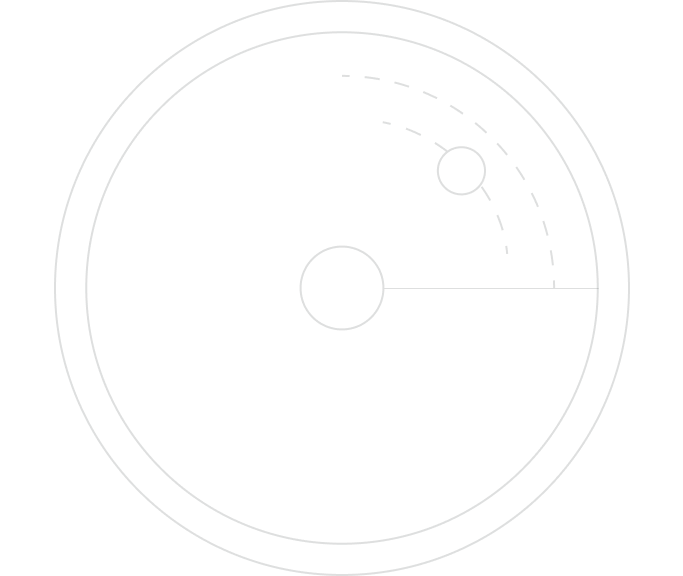
Collaboration is at the heart of our success. AEOLUS Aviation Academy has cultivated strong partnerships with leading aviation companies, airlines, and industry stakeholders. These connections not only enhance the quality of our training programs but also provide our students with valuable networking opportunities and career pathways. By aligning with key players in the industry, we ensure that our training methods remain relevant, cutting-edge, and in tune with the demands of modern aviation.

